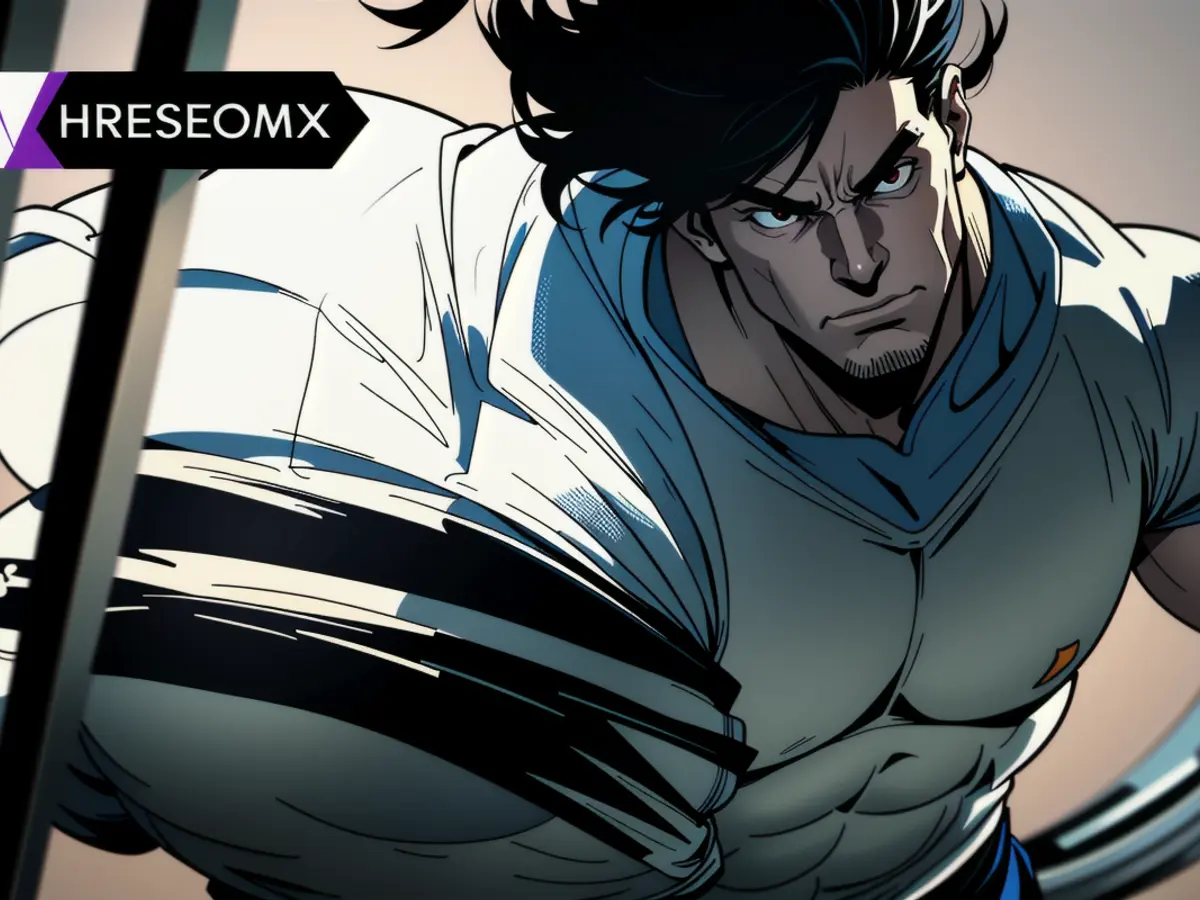The Reemergence of the J-Horror Virus Stirring Up Persisting Cinematic Fears
A persistent sense of anxiety. An uneasy conviction that technology harbors malicious intent. The persistent unease that something out there stands to harm you. Japanese horror, or “J-horror,” peaked in popularity during the late 1990s-early 2000s by tapping into millennial despair—but the mood it conveys also feels strikingly familiar in late 2024. It’s perfectly timed, then, that 2023 documentary The J-Horror Virus, directed by Sarah Appleton and Jasper Sharp, is now available on streaming service Shudder.
It follows a traditional documentary structure, but features well-selected footage and thoughtful interviews—there are a few film scholars incorporated, but the majority of interviews come from directors, screenwriters, and actors who played key roles in crafting the films that shaped and defined the J-horror genre. This includes low-budget early inspirations such as Psychic Vision: Jaganrei (1988) and Scary True Stories (1991), but also the genre’s blockbuster hits, including Ring (1998) and Ju-On: The Grudge (2002). This tight-knit community of collaborators were influenced by each other, both aesthetically and in terms of themes and characters, and the emergence of the genre coincided with the emergence of new digital filmmaking techniques that played a significant role in how the films were constructed.
Ring in particular is given special attention, with an exploration of how the film’s success spawned a franchise in Japan as well as America. Director Kiyoshi Kurosawa of Cure and Pulse shares that the “found footage” in Ring, such as the cursed video, still unsettles him; he also admits that while he enjoyed the 2002 Gore Verbinski remake, he felt that the cursed-video component wasn’t scary enough.
One of the documentary’s most entertaining interview subjects is Rie Inō, who played the ghostly Sadako in Hideo Nakata’s Ring and reprised her role in the sequel, despite having recently given birth. Inō also shares that Sadako’s iconic veil of hair was her own, requiring no wig or extensions.
The J-Horror Virus is more than just a collection of clips. It delves into the reasons why J-horror resonated with audiences, examining how the elements that came to define the genre (including the long-haired female ghost) were drawn from traditional Japanese folklore, such as “Kabuki tales of terror” that focused on vengeful women from beyond the grave.
These ancient stories took on new life as modern urban legends, weaving themselves into the otherwise ordinary lives of everyday people, and amplifying universal feelings of loneliness and isolation. In other words, anyone can watch a haunted video tape, anyone can stumble into a cursed house, and anything can lead to an encounter with a spirit while browsing the internet. It could happen to you.
There’s also discussion of fear as it specifically pertains to Japanese culture, and how the widespread popularity of J-horror films encouraged directors from other countries to create their own films inspired by the J-horror style. But as for what intangible quality makes J-horror films so uniquely unsettling, Pulse director Kurosawa may have put it best:
“It is difficult to understand what a horrific event is. Things that cannot be understood by normal human reasoning are expressed on film without explanation. This may be the uniqueness of J-horror,” he says in the documentary. “This was not at all intentional, but more a realization that it’s fine to leave it as it is, if you don’t understand it.”
The J-Horror Virus is now available on Shudder.
Want more io9 news? Check out the latest release dates for Marvel, Star Wars, and Star Trek, what’s next for the DC Universe on film and TV, and everything you need to know about the future of Doctor Who.
The documentary, "The J-Horror Virus," discusses how new digital filmmaking techniques contributed to the emergence of the J-horror genre, and how films like "Ring" and "Ju-On: The Grudge" were greatly influenced by this technology. In the future, technology advancements in moviemaking could potentially inspire new genres of horror films.
The success of J-horror films, such as "Ring," on streaming platforms like Shudder, shows the enduring appeal of this genre in the era of digital media, particularly on platforms like io9, where audiences can easily access and appreciate these films.









